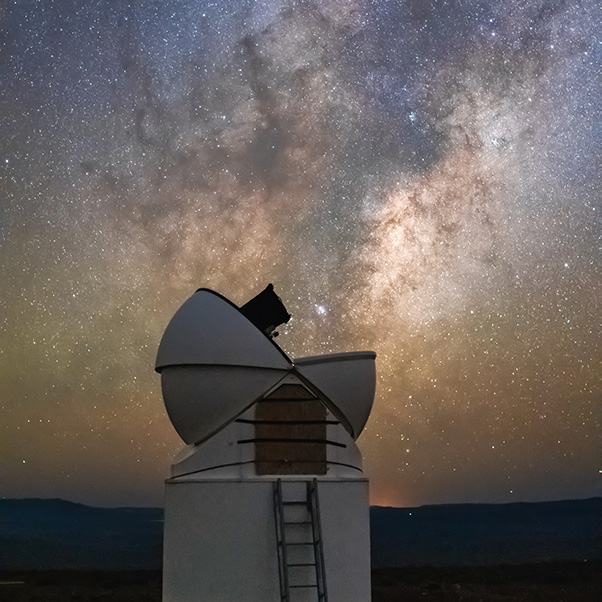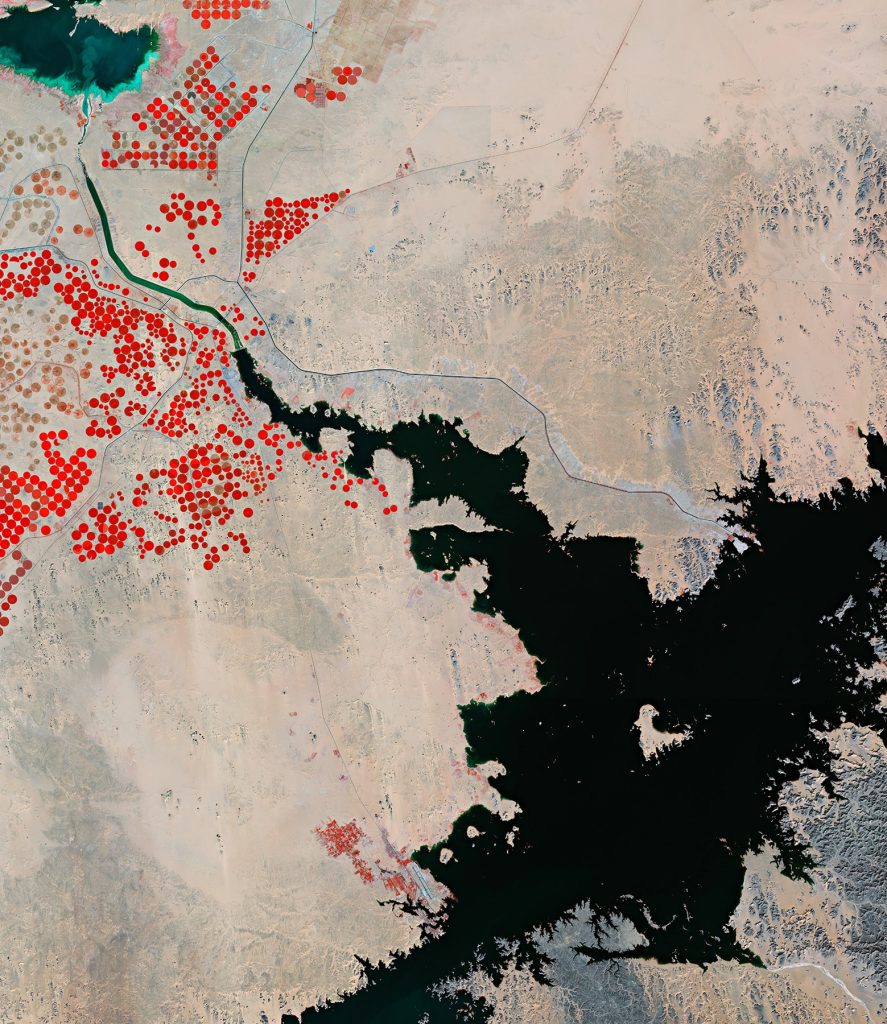Dark skies need to be preserved to inspire present and future generations regardless of their background
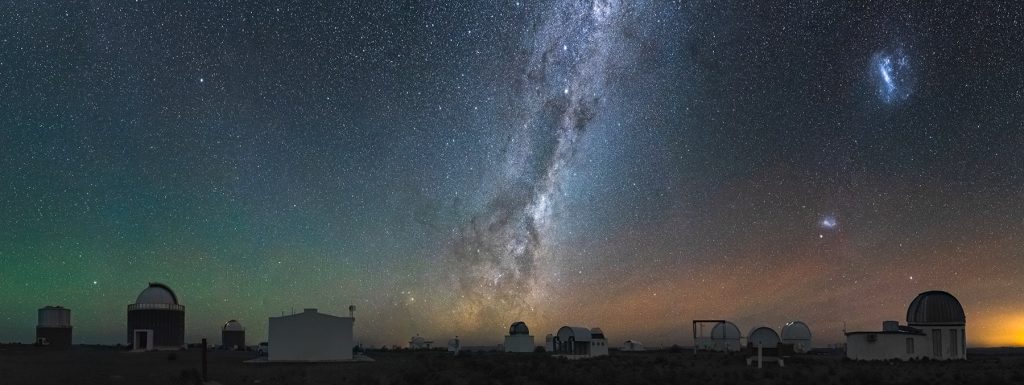
Connie Walker, Scientist - NOIRlab, Tucson, Arizona USA
It is now estimated that 83% of the people living on Earth live under light polluted skies. Light pollution is not just a problem for our cultural heritage but also threatens remote mountain tops where there are major world class astronomical facilities. In addition to its impact on astronomy, there is convincing evidence that light pollution negatively affects ecological and biological systems such as birds, sea turtles, nocturnal animals, insects and various human biological systems that are important to our health and our well-being. The International Astronomical Union has established a recommended maximum tolerable threshold of light pollution for astronomical sites of about 10% above national background levels.
Interview
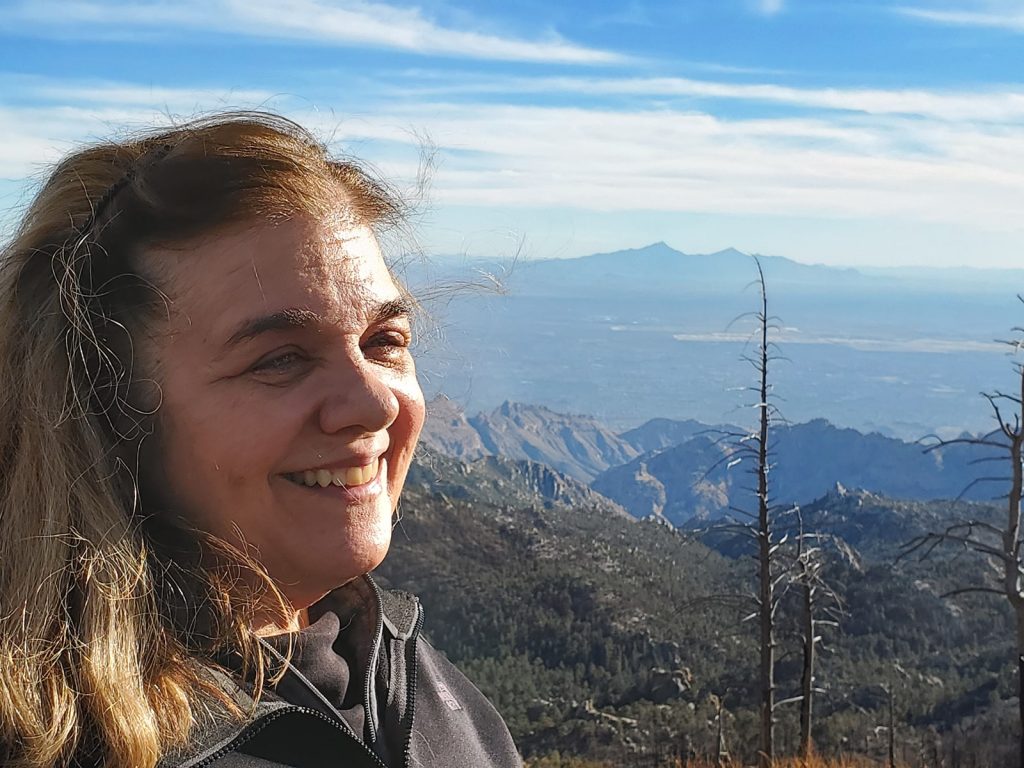
My name is Connie Walker. I have been at the United States National Observatory known as NSF’s NOIRlab mostly as a scientist for the past 20 years helping to create programs on dark skies education, astronomy and optics and sharing them in workshops and events around the globe. I have also been involved with light pollution issues on the ground since 2002 and in Space since the last couple of years. Besides NOIRlab, I have been in leadership roles in dark and quiet skies protection in the national and international astronomical associations like the American Astronomical Society, the International Astronomical Union and the International Dark-Sky Association.

Our place in the universe starts with being able to see the night sky.
It is now estimated that 83% of the people living on Earth live under light polluted skies. Light pollution is not just a problem for our cultural heritage but it also threatens remote mountain tops where there are major world class astronomical facilities. With the newest generation of ground based observatories coming online conducting cutting edge research into things like dark matter, life on other planets, and other thought-provoking, astronomical, cosmological questions, the International Astronomical Union has established a recommended maximum tolerable threshold of light pollution for astronomical sites of about 10% above national background levels.
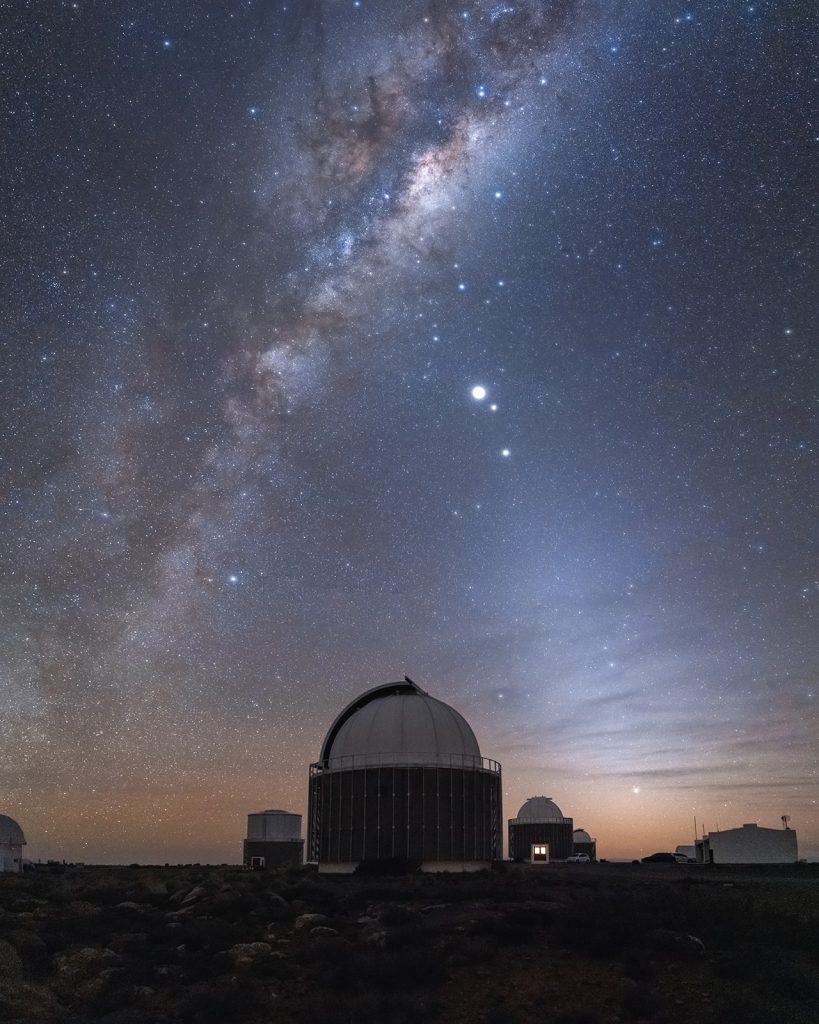
Light pollution is growing globally at an estimated rate of between 2 and 6% per year which is reducing darkness everywhere including at the observatories’ sites.
These rates risk hitting the 10% threshold in the next decade. In addition to its impact on astronomy, there is convincing evidence that light pollution negatively affects ecological and biological systems such as nocturnal animals, insects and various human biological systems that are important to our health and our well-being. There is a great impact on birds for instance, especially when they are migrating. They might migrate through cities, and cities reflect the sunset on buildings and start circling buildings and get exhausted, fall and die. They get so hungry in the process of doing all that they actually also die. You go to these big cities for instance in North America, like New York or Toronto, any of big cities – studies have been done in these areas. One million birds each year actually die this way. Another one is sea turtles. Mother sea turtles come on shore between May and October. They lay eggs in the sand and they leave these nesting areas which may be a foot deep with a hundred eggs. If there is too much light, when these eggs hatch, they think the reflection of starlight on the ocean is actually the hotels and companies on shore so they are heading in the wrong direction and never make it back into the ocean. Moths that are night-time creatures that pollinate our beautiful bushes are also affected, you name it, fish, salamanders, amphibians are affected by too much light at night. They may also affect crucial ecological systems that are connected to agricultural and food supplies. Thus monitoring and mitigating light pollution as much as possible is extremely vital not just for our understanding of the universe but for Humanity and the planet’s well-being as a whole.
There is a wonderful set of recommendations that the International Dark-Sky Association has recently released in conjunction with the Illuminating Engineering Society (IES) and it concludes for instance: Light should have a clear purpose. What they mean by that is that before you install or replace a light, you should determine if it is needed at all, consider how light would impact that area, including the impact to wildlife, on the environment, consider using reflective paints or self-luminous markers for signs and other things. You can get around using lights if you don’t need them. That’s one consideration. Another consideration is that light should only be directed to where it is needed. You don’t need to have it going in all directions but down and it should not spill beyond what’s needed. The third area is light should not be brighter than necessary, using the lowest lighting level required for whatever the situation is. The fourth area is controlling light: Light should only be used when it is useful. The last area is colour. What I mean here is that it has been shown through various studies that blue light does produce harmful effects in humans in terms of health, things like sleep deprivation, diabetes related issues, and other health effects. Does the light source have a warm colour that admits less harmful blue light? Blue light is inherently involved in white light. There is more blue than any other component of colour in white light. And white light can be very strong if it has enough blue in it and has a tendency to wash out the night sky even worse. It is better to choose an amber coloured light that has more a reddish hue and less blue light in it. These are five areas that you can implement around your house and you can also influence your neighbours to do the same.
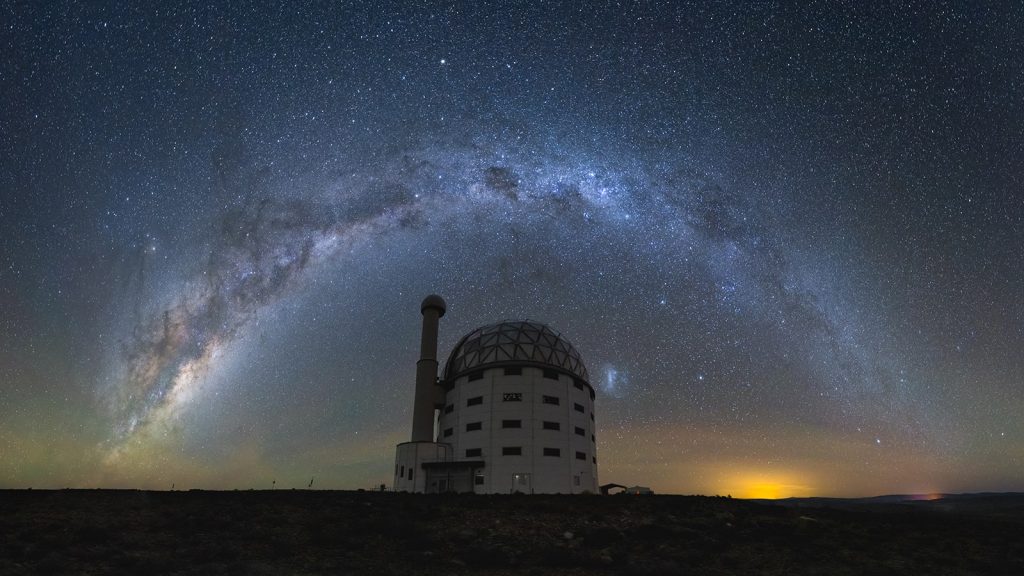
It really does begin with individuals. Individuals may be part of a city council or go to the city council and voice their opinion, Anyone can be an influence and have a voice. Some countries have national laws, that’s also where people can get involved. People in government can have an influence.
If you have never been brought up in a place that has a beautiful starry night sky, how can you be influenced? Because for millennia the night sky has been an inspiration to humanity in so many ways that have created not just our interest in the stars and the science behind them, but things like literature and art and even compositions like Holst’s The Planets. Things that are incredibly beautiful, things that have been created because of the influence of the night sky. If you don’t have that inspiration any longer for the next generation, what’s going to happen? I don’t even want to think about it. So we have to, as stewards of the Earth right now, we have to protect the night sky, keep it as dark as possible, and reverse the process.
Gallery
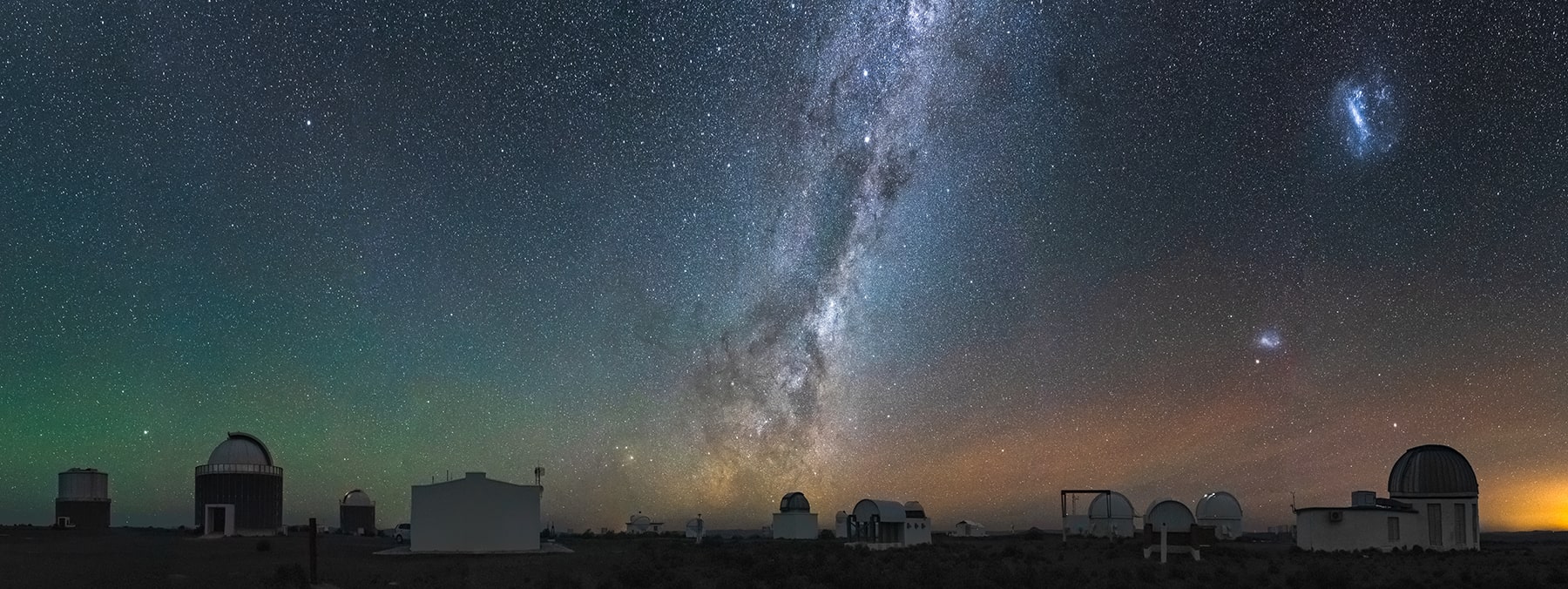
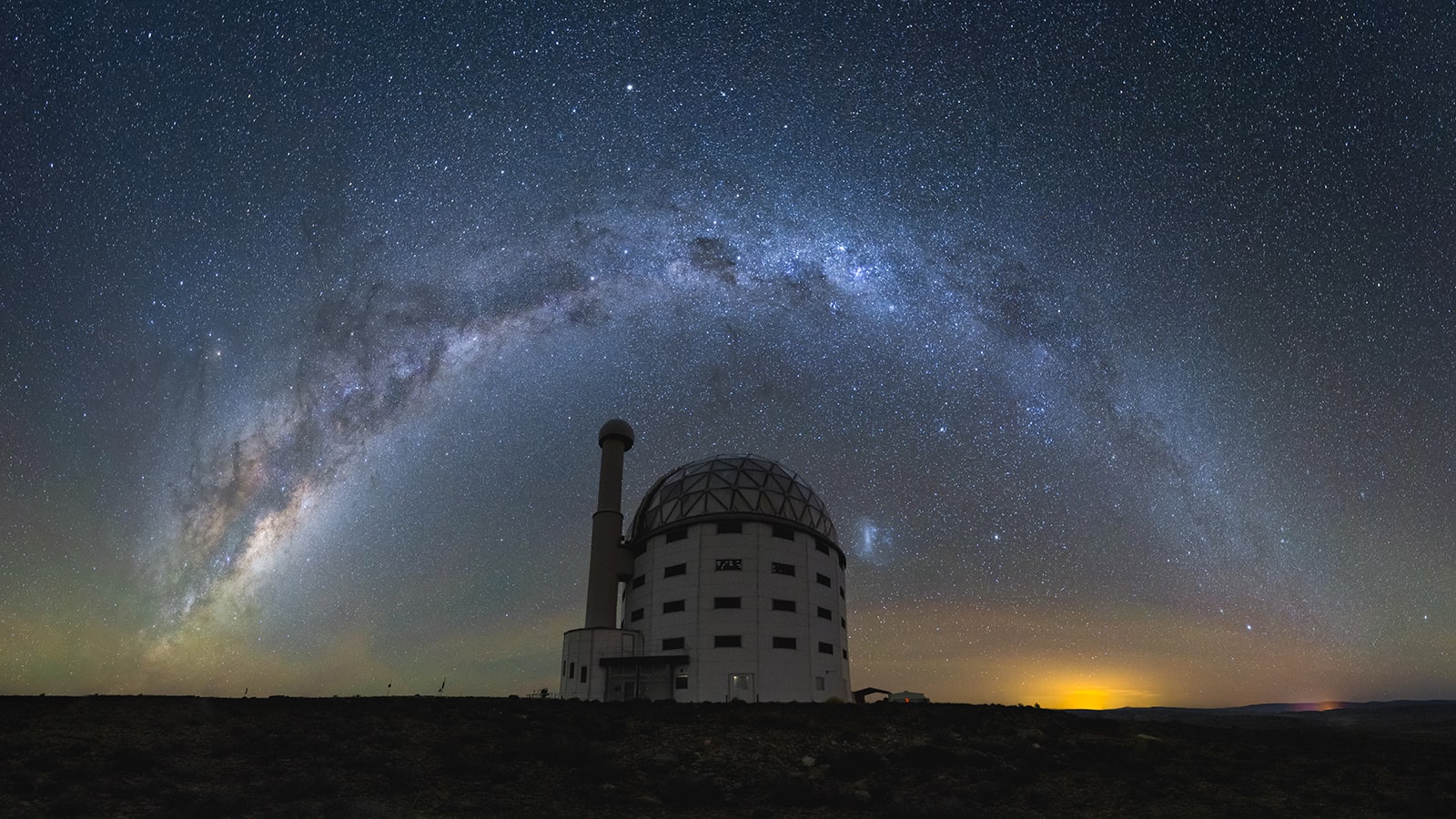
Reduce inequality within and among countries.
Check out more

